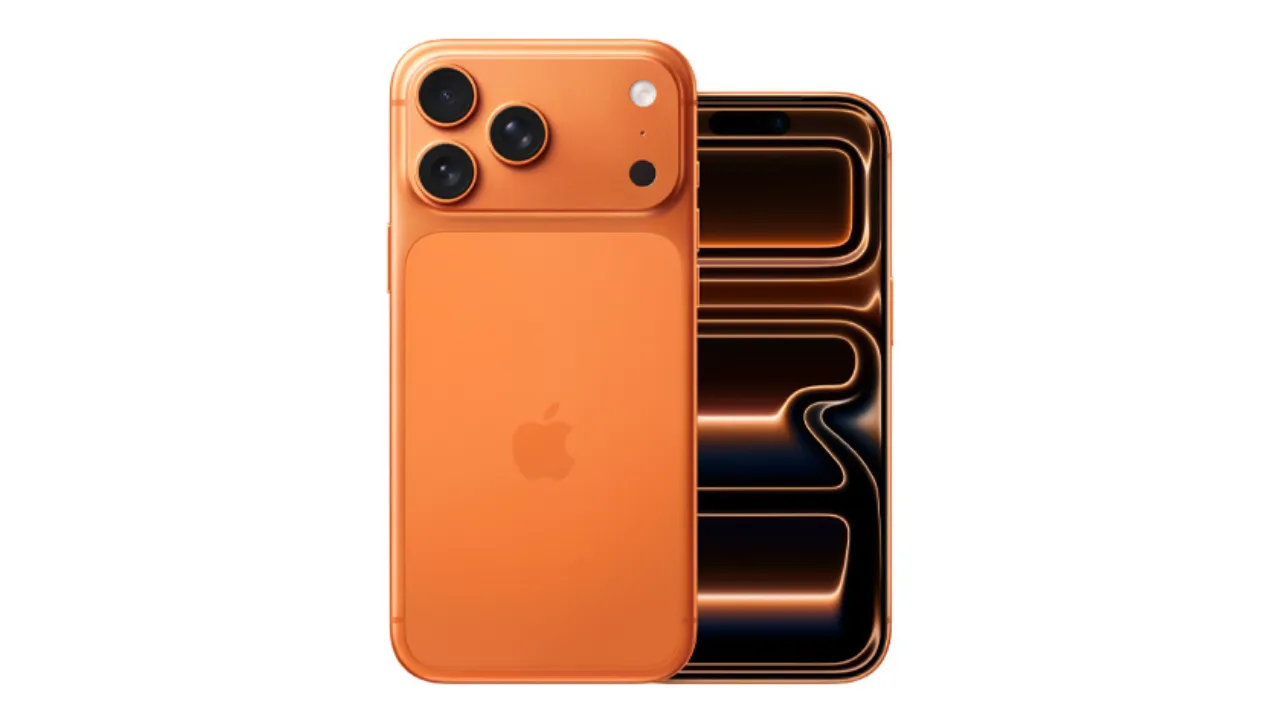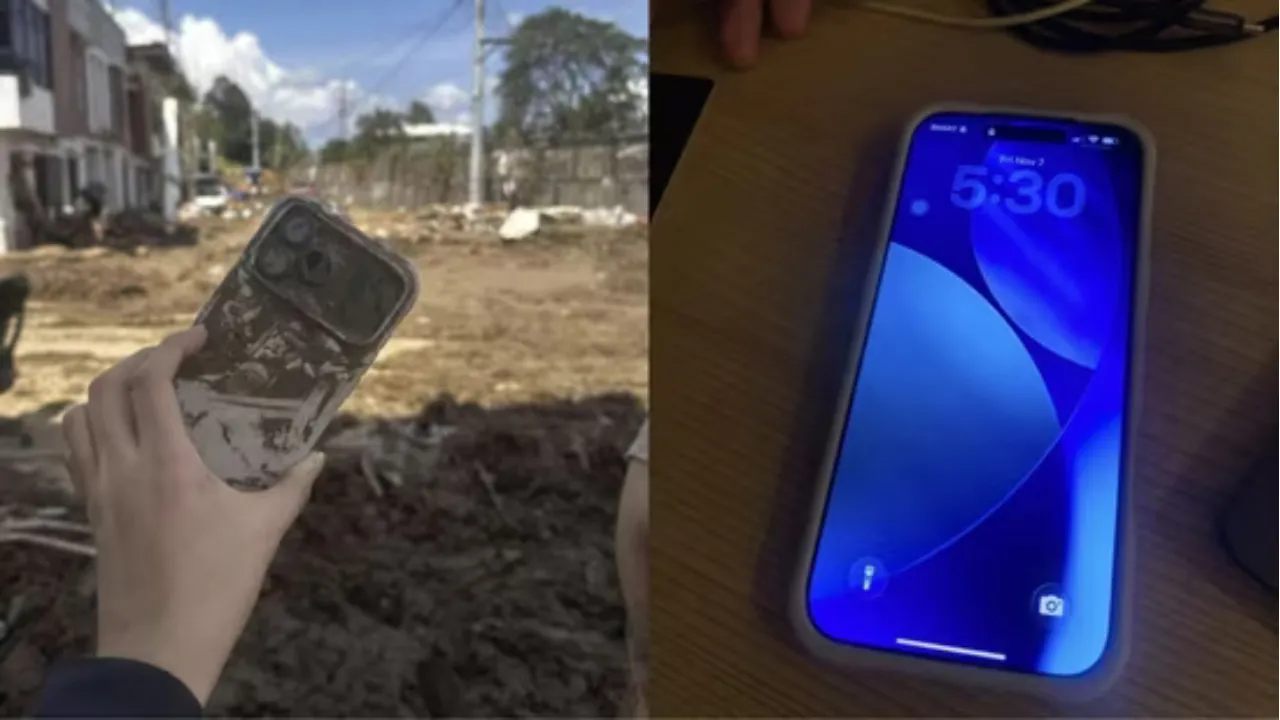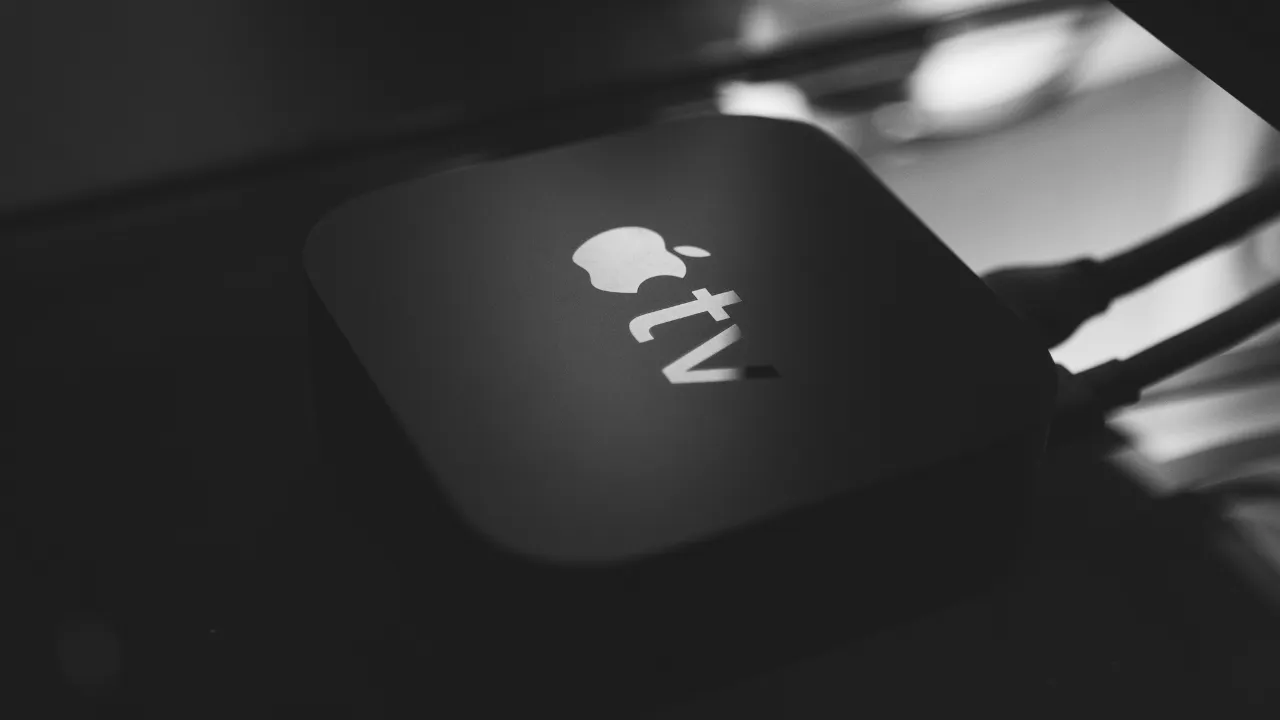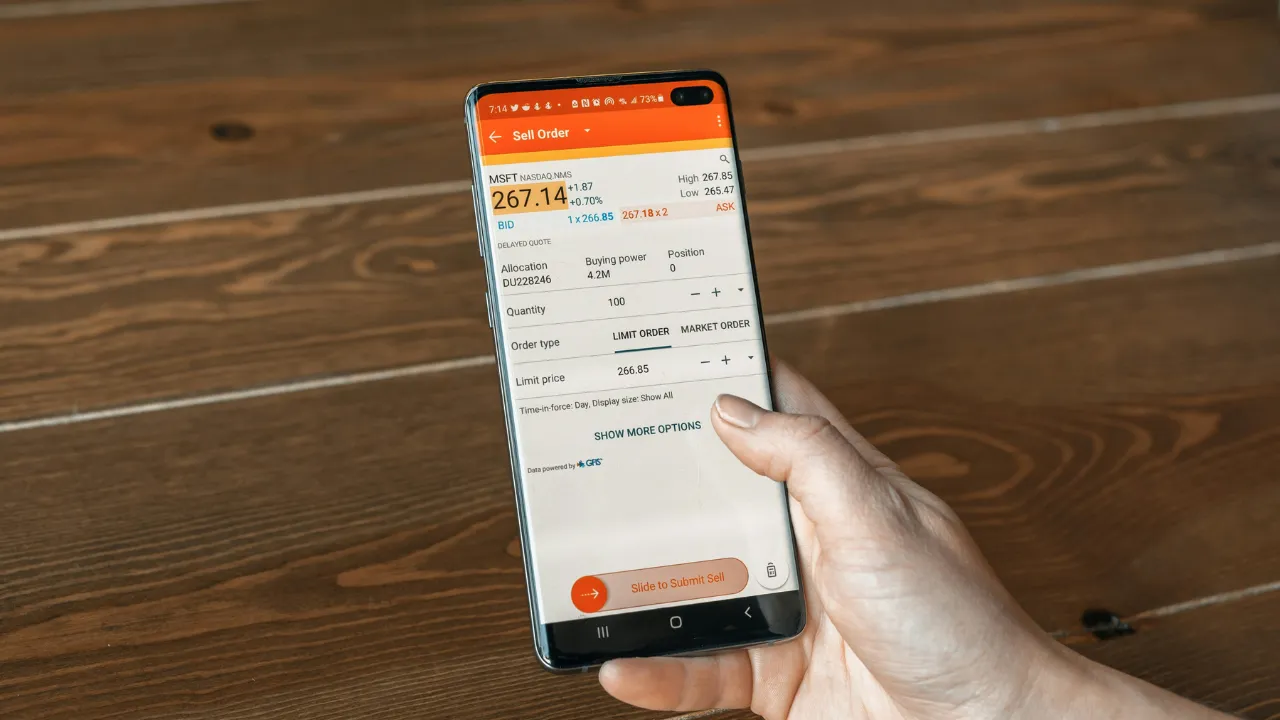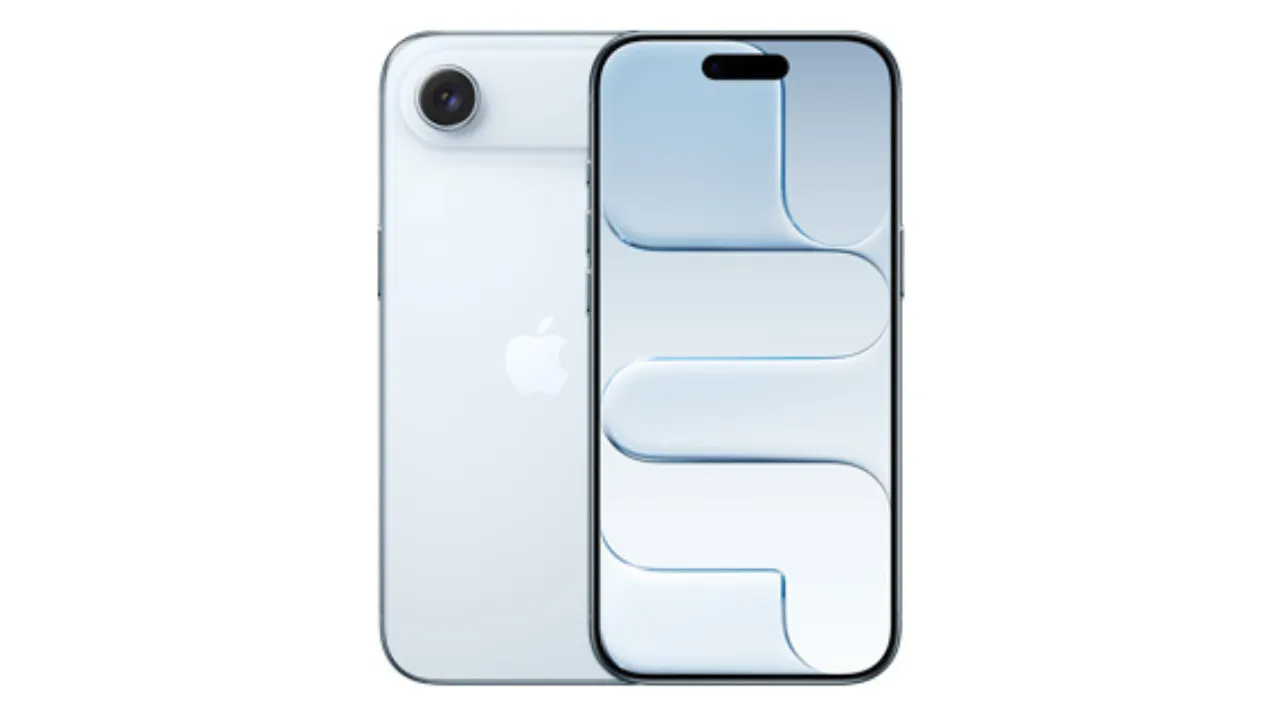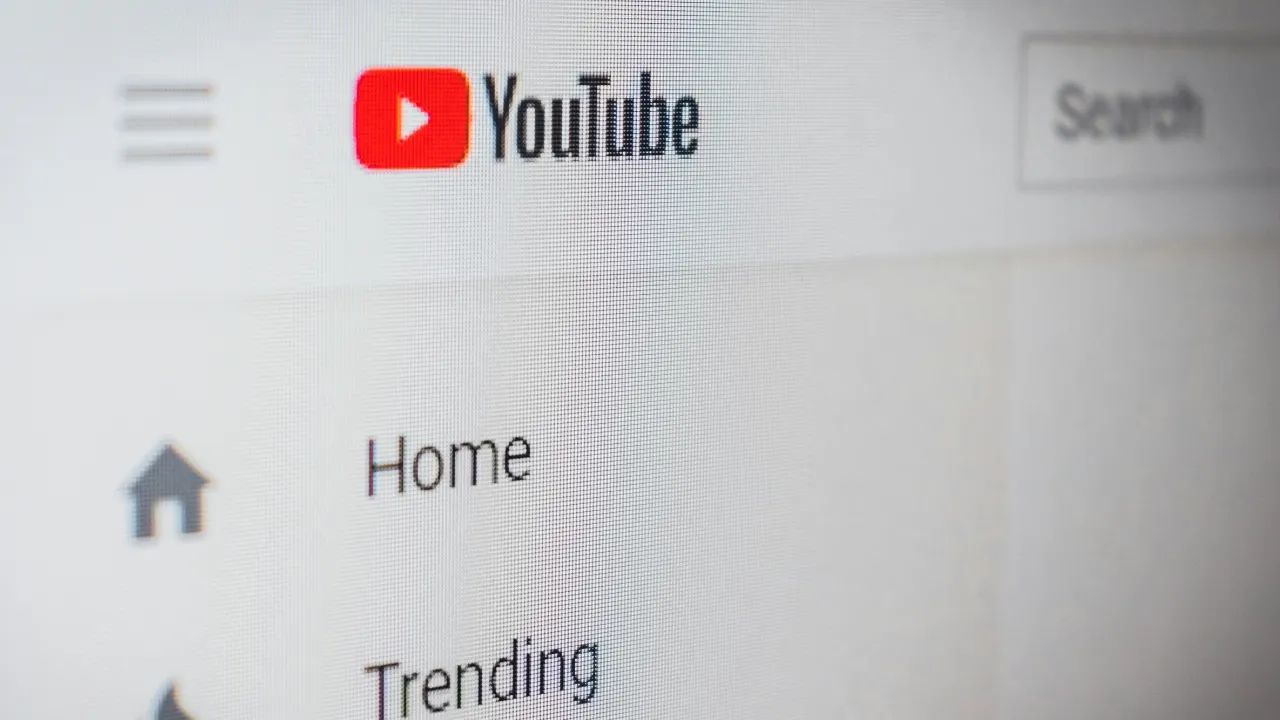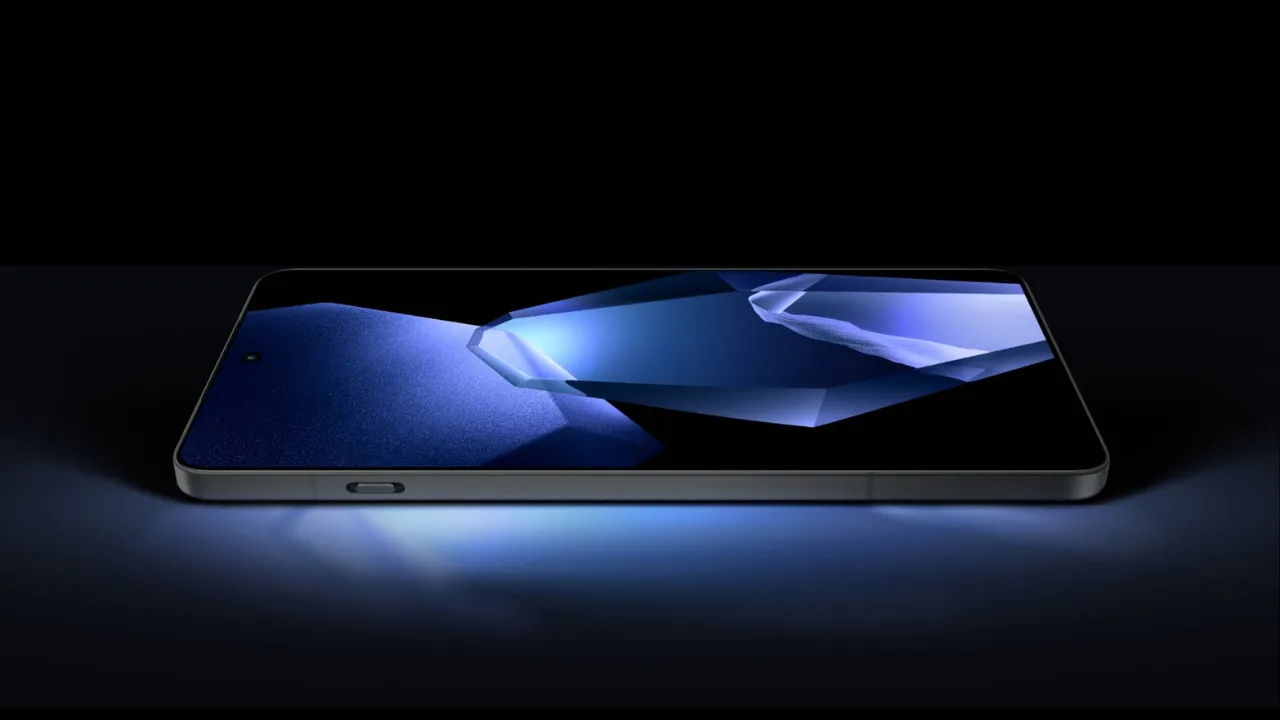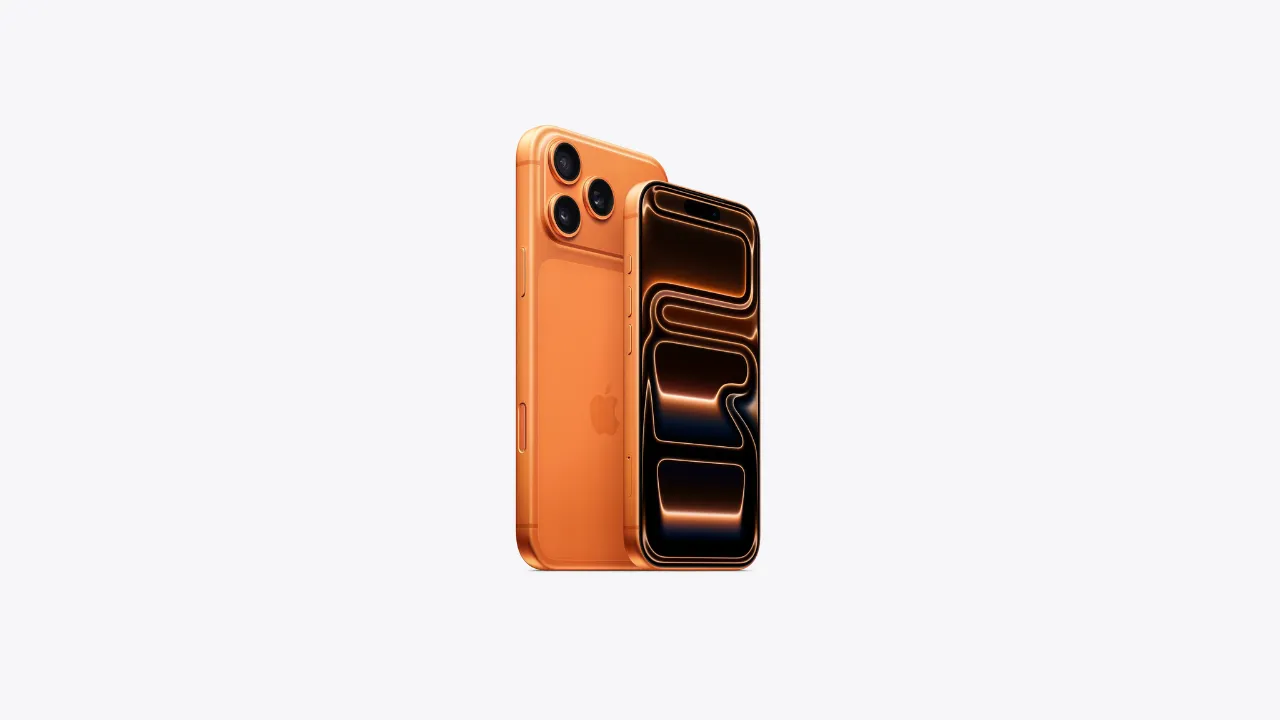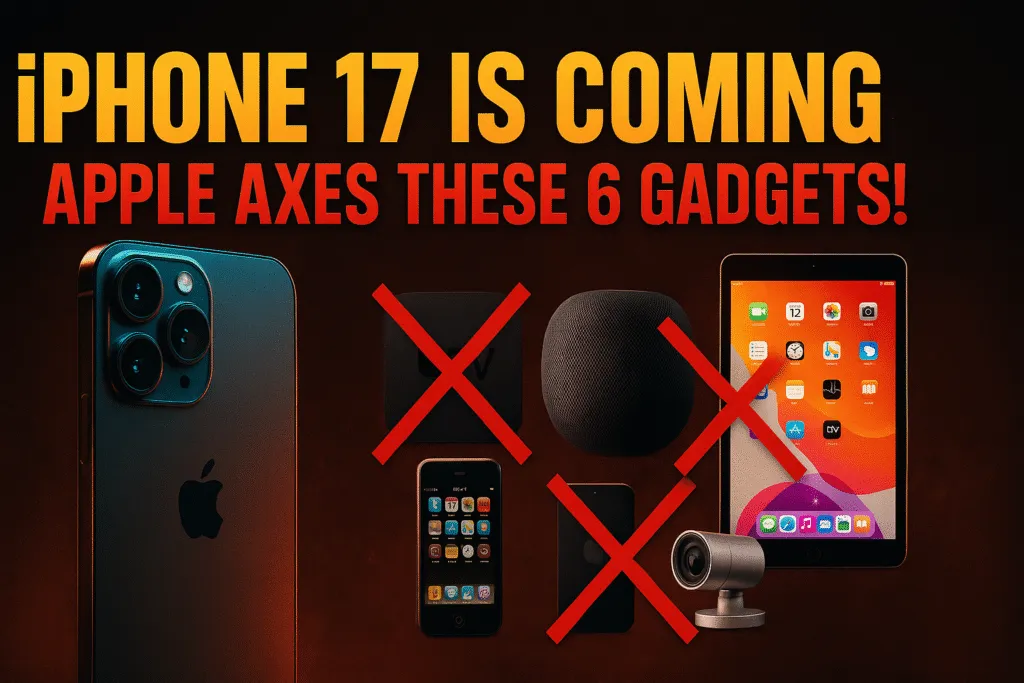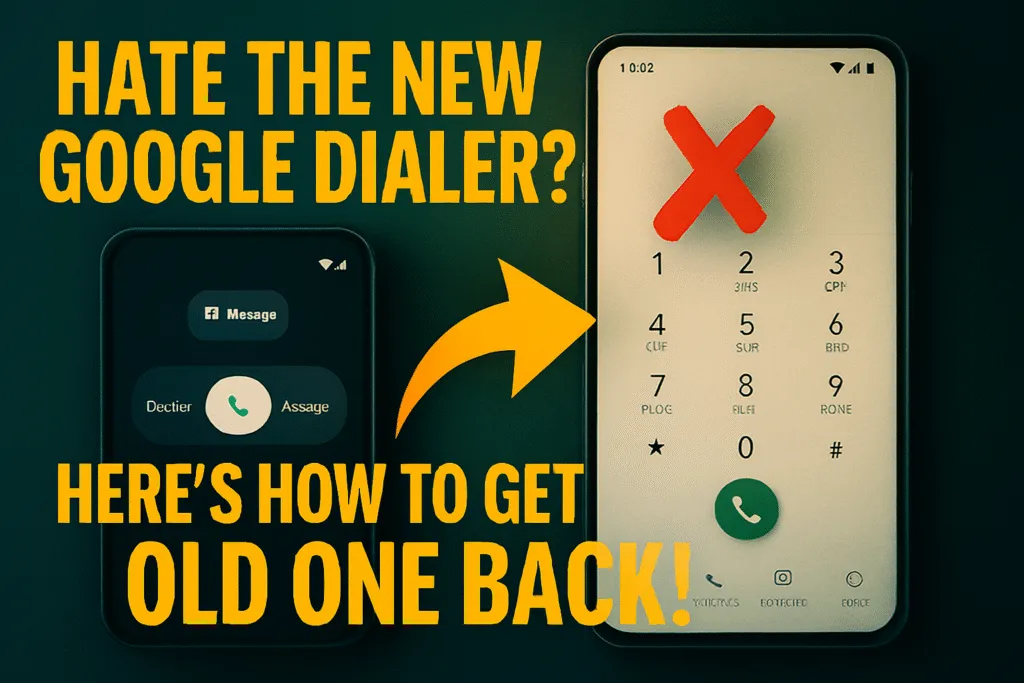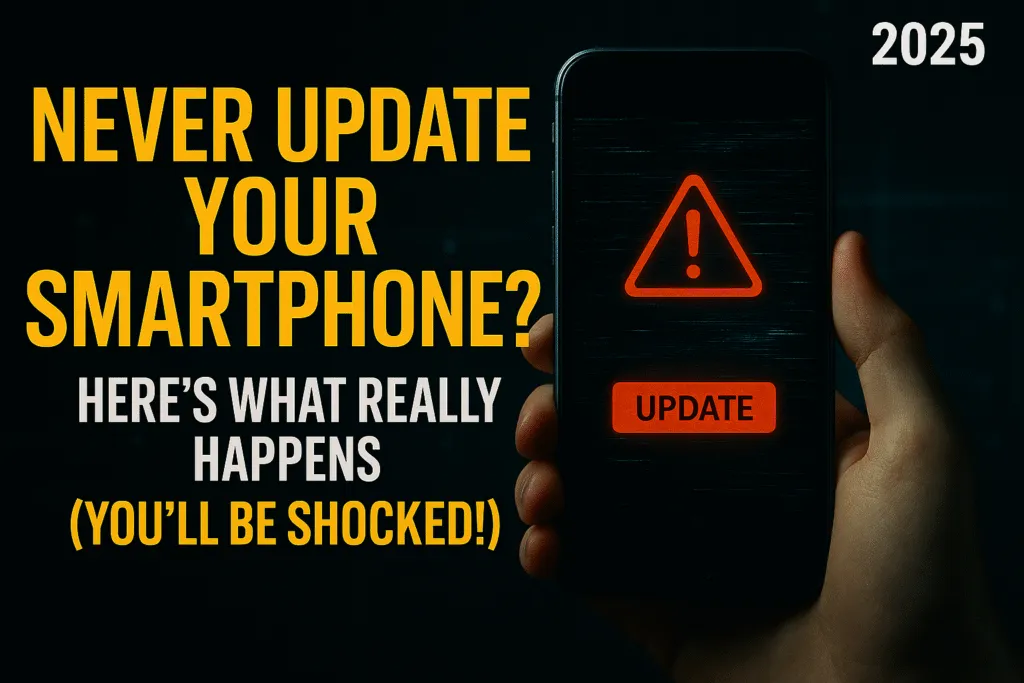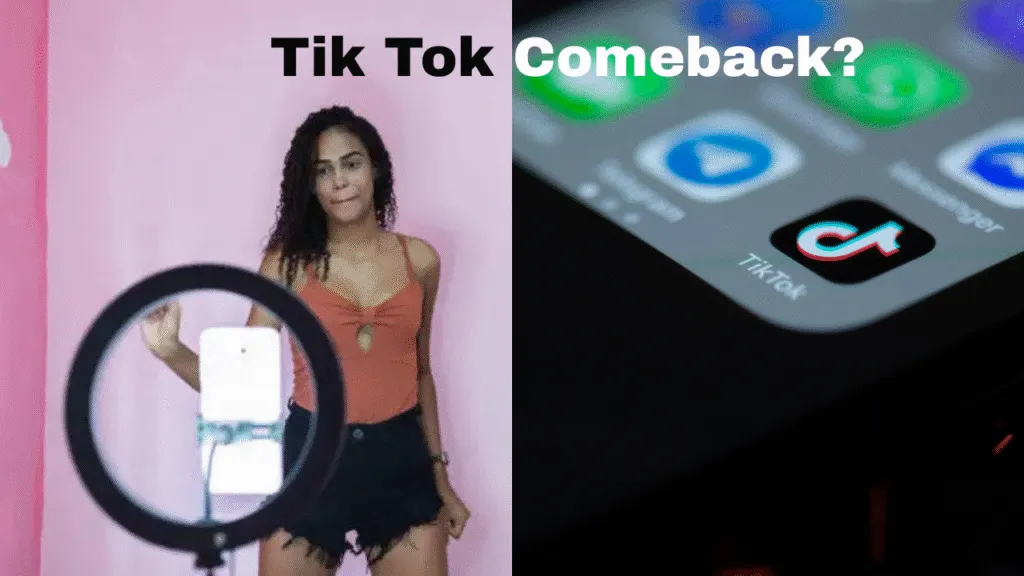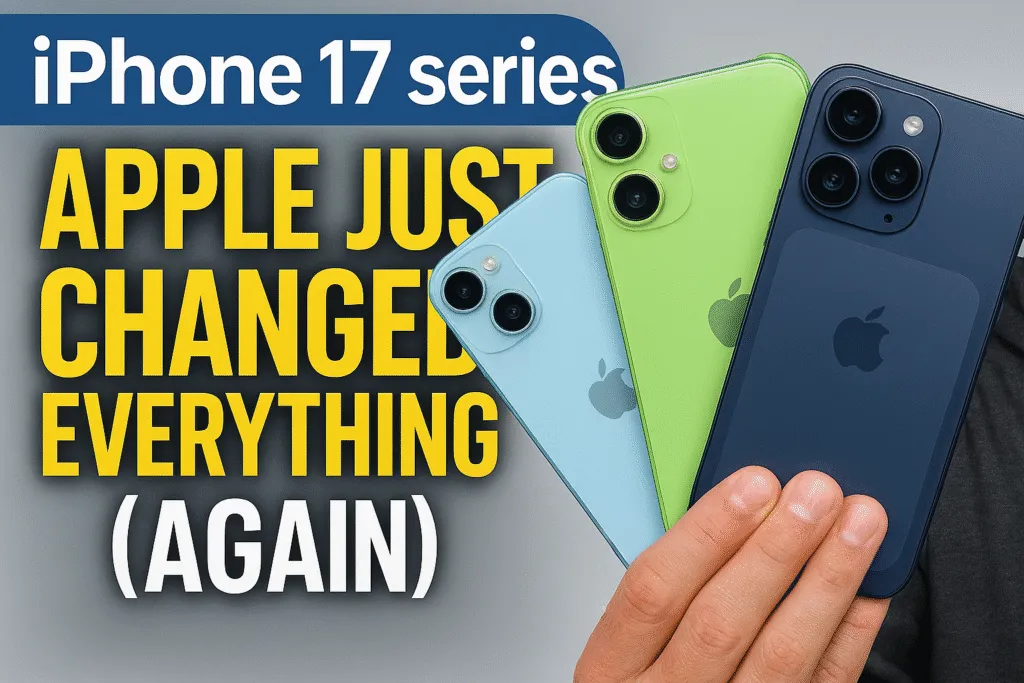Why does Apple always display 9:41 on the iPhone during launches?
If you’ve ever paused to study Apple’s product shots, you’ve probably noticed a tiny, persistent detail: the time on the iPhone screen is almost always set to 9:41. It’s not random, and it’s not merely aesthetic — it’s a deliberate bit of Apple lore that ties marketing, presentation timing, and a historic moment together. In this article we’ll unpack the origin of 9:41, how it shifted from 9:42, why Apple still uses it in iPhone imagery, and what the choice says about Apple’s brand approach.
The origin: Steve Jobs, the first iPhone, and one exact minute
The story starts at Macworld, January 2007. During his legendary keynote, Steve Jobs introduced the very first Apple iPhone to the world. The team timed the presentation so the big reveal would happen about forty minutes into the keynote. When the image of the phone appeared on the big screen behind Jobs, the clock shown in the photo matched the actual time in the hall — around 9:42 a.m. — and that visual stuck in people’s minds.
From 9:42 to 9:41: a small tweak with staying power
For several years Apple’s product photos commonly showed 9:42, but when the company introduced the iPad in 2010 the on-screen time moved to 9:41. Former Apple executive Scott Forstall later explained that Apple plans its keynotes so the “big reveal” appears roughly 40 minutes into the presentation. Because rehearsals and timing can vary slightly, the company standardized the promotional images to show the time the device would likely display when unveiled. Over time, the minute settled at 9:41 as a consistent branding detail.
Why keep a single time across all marketing images?
At first glance, using the same minute on every Apple iPhone image looks like a quirk. But Apple is fanatical about consistency and narrative. Here are the real reasons it persists:
- Historical reference. 9:41 (and originally 9:42) is a direct nod to the moment the iPhone was unveiled — a small, tasteful way to honor a turning point in Apple history.
- Visual consistency. Product mockups, web pages, and ads look cleaner and more professional if the top-of-screen elements are identical across images. It reduces visual noise and helps the product shine.
- Brand storytelling. Apple uses design details to tell stories. A consistent time is a subtle piece of storytelling that appeals to fans and designers who notice the detail.
It’s not just the iPhone: other Apple products follow similar rules
Apple doesn’t reserve this ritual for the Apple iPhone alone. iPads and MacBook screens in promotional material also commonly show 9:41. The Apple Watch, however, follows a different tradition: watch images usually display 10:09 (close to the industry-standard 10:10 used by watchmakers) for aesthetic and symmetry reasons. That choice communicates a different set of values — elegance and watchmaking tradition — while still being deliberate.
Practical reasons behind the ritual (beyond nostalgia)
There are some practical, workaday reasons Apple uses a fixed time:
- Preparation for keynote imagery. During rehearsals, Apple lines up slides, product mockups, and live demos to hit at precise moments. Using the expected product time in marketing images means those assets match what appears on-stage. Scott Forstall’s remarks make that clear: Apple times the big reveal to happen around the 40-minute mark and sets imagery accordingly.
- Easier asset production. Designers produce hundreds of assets for campaigns. A standard default time simplifies asset creation and QA.
- Subconscious association. Over years of exposure, consumers unconsciously link 9:41 with Apple’s product reveals — reinforcing the brand’s narrative of thoughtful presentation and history.
Rumors and myths — what’s not true
A few myths circulate about 9:41. Some claim it’s a secret code, a lucky number, or something mystical. Others believe it’s about time zones or specific engineers. The reality is much more mundane: it’s a storytelling and timing choice rooted in the original keynote and later formalized for marketing assets. The company itself, through former employees and public accounts of the rehearsals, has given the clearest explanation.
What this tiny detail reveals about Apple’s design philosophy
If you’re wondering why a minute matters, look at what it reveals about Apple’s broader approach:
- Obsessive attention to detail. Apple uses small, consistent touches to shape how people perceive its products. A single minute on a clock becomes a piece of brand DNA.
- Presentation matters. Apple treats launches like theater: lighting, timing, and imagery are choreographed to magnify the impact of product features. The 9:41 detail ties directly to that theatrical craft.
- Narrative over explanation. Apple prefers subtlety. Instead of announcing “this time is meaningful,” the company lets the detail exist, letting curious people uncover the story — a tactic that deepens engagement.
Final take: more than a time — a storytelling device
The 9:41 time on the Apple iPhone is one of those small brand rituals that rewards close attention. It began as a practical match to a keynote reveal, hardened into a standard through repetition, and now functions as a tiny emblem of Apple’s history and design values. For product photographers, designers, and Apple fans it’s a delightful little Easter egg. For the rest of the world it quietly reinforces a brand that builds meaning into the smallest details.
Also Read: The Real Reason Apple Put an “i” in iPhone and iMac!

